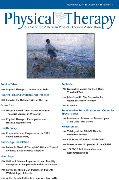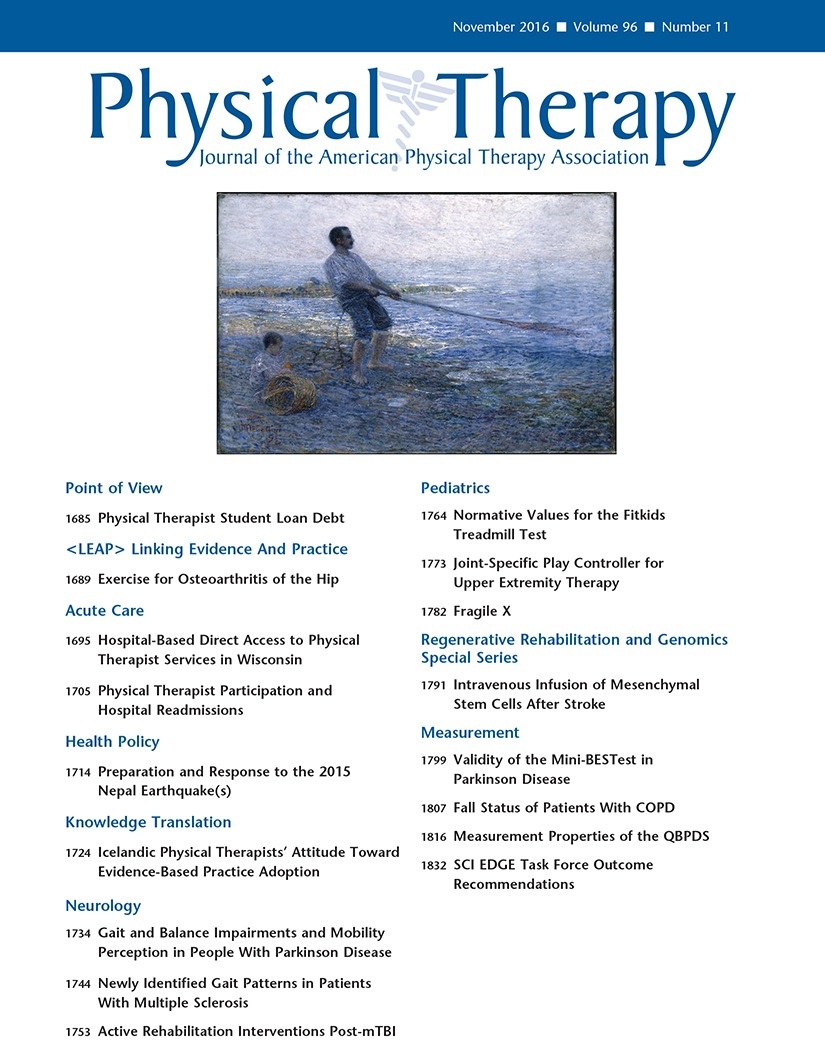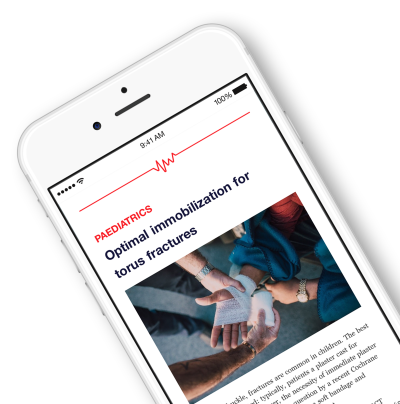
Moderate quality evidence supports strengthening exercises for neck pain in office workers .
Workplace-Based Interventions for Neck Pain in Office Workers: Systematic Review and Meta-Analysis
Phys Ther. 2018 Jan 1;98(1):40-6227 randomized controlled trials were included in this systematic review and meta-analysis on workplace-based neck and shoulder strengthening intervention, general fitness training, and ergonomic approach interventions, and their effect on either reducing neck pain among symptomatic office workers, or preventing the development of neck pain in general among office workers. Among office workers with neck pain, there was moderate-quality evidence in support of either workplace-based neck and shoulder strengthening intervention or general fitness training for greater pain reduction than no training. A single study suggested a therapeutic effect of ergonomic adjustment for neck pain, though no significant preventative effect of ergonomic adjustment for neck pain among general office workers.
Unlock the Full ACE Report
You have access to 4 more FREE articles this month.
Click below to unlock and view this ACE Reports
Unlock Now
Critical appraisals of the latest, high-impact randomized controlled trials and systematic reviews in orthopaedics
Access to OrthoEvidence podcast content, including collaborations with the Journal of Bone and Joint Surgery, interviews with internationally recognized surgeons, and roundtable discussions on orthopaedic news and topics
Subscription to The Pulse, a twice-weekly evidence-based newsletter designed to help you make better clinical decisions
Exclusive access to original content articles, including in-house systematic reviews, and articles on health research methods and hot orthopaedic topics
































































